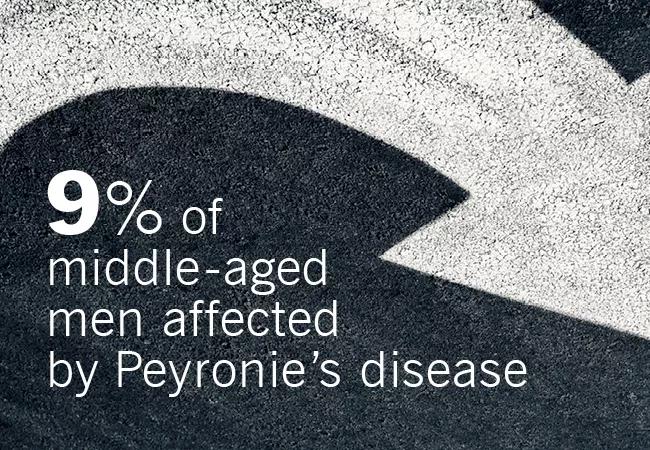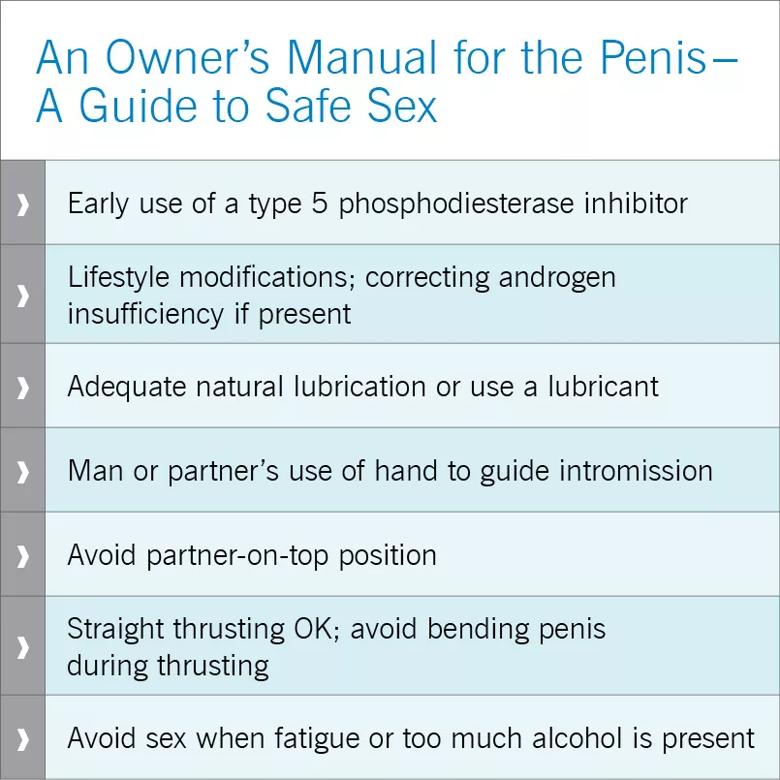6 Q&A’s with Drogo K. Montague, MD

In this Q&A with Consult QD, Drogo K. Montague, MD, urologic surgeon, Center for Genitourinary Reconstruction, Glickman Urological and Kidney Institute, highlights the most relevant findings about Peyronie’s disease and erectile dysfunction (ED) from his 45-year-long clinical experience treating men with this condition.
Advertisement
Cleveland Clinic is a non-profit academic medical center. Advertising on our site helps support our mission. We do not endorse non-Cleveland Clinic products or services. Policy
Consult QD: What are the causes and common symptoms of Peyronie’s disease?
A: Usually, the cause of Peyronie’s disease is physical injury to the penis during intercourse. It is also possible for a man to injure his penis if he rolls over during a nighttime erection.
The presence of a penile plaque, nodule or induration — a hard spot in the erection chamber of the penis — is the main symptom of Peyronie’s disease. The plaque is the result of scar tissue formation that takes place during the healing process after injury to the penis. Scarring in the erection chambers of the penis causes it to shorten and the erection to curve on the side of injury. If the scarring goes all the way around the penis, an hour-glass deformity may form. In the early phases of the disease, men sometimes experience pain with erection.
You published a commentary in the Journal of Genital Surgery describing the association between Peyronie’s disease and ED. What do you mean by “erectile insufficiency”?
A: This association has been poorly understood. Some people think that Peyronie’s disease causes ED, but I think it’s the opposite.
Erectile dysfunction is the inability to get an erection strong enough for penetrative sex. Men with Peyronie’s disease still can have intercourse, but their erections are not as firm as they should be, which causes bending and injury to the penis. I have introduced the concept of “erectile insufficiency,” which applies to men with Peyronie’s disease. I believe that erectile insufficiency and ED cause injuries to the penis that lead to Peyronie’s disease when men are having penetrative sex with an erection that is not strong enough to resist too much bending. In many cases, the injury is silent and occurs more than once.
Advertisement
What are the risk factors for Peyronie’s disease?
A: The risk factors for Peyronie’s disease and ED are essentially the same as risk factors for cardiovascular disease and include smoking, alcohol use, lack of physical activity, high-fat diet, diabetes and hyperlipidemia. In men who have diabetes, the better their diabetes is controlled, the less chance they have of developing ED and Peyronie’s disease. However, in most men with diabetes, the control is not optimal. As these men get older, they are prone to developing ED due to vascular disease earlier in life than men without diabetes.
How does your “owner’s manual” to help men reduce chances of developing Peyronie’s disease and ED?
A: Safe sex traditionally means having sex in a way that ensures protection against sexually transmitted diseases; a new definition for safe sex should include guidance for prevention of injury to the penis.
I outline several important preventive measures in “An Owner’s Manual for the Penis – A Guide to Safe Sex,” included in my paper (see Table). These measures cannot guarantee that a man will not injure his penis, but will decrease the probability.

What is the estimated incidence of Peyronie’s disease?
The prevalence of Peyronie’s disease in the literature varies considerably. In a study that screened 534 men for prostate cancer in three cancer centers, a penile nodule was found in 48 men (8.9 percent). So, almost 1 out of 10 men, who were not specifically selected for Peyronie’s disease or ED, had Peyronie’s disease. The mean age of men who did not have a palpable nodule was 61.8 years, the mean age of men who had a palpable nodule was older, 68.2 years. Men with hypertension, diabetes or poor erections were more likely to have a nodule.
Advertisement
What are treatment options for Peyronie’s disease?
Since medical treatments are not effective in most cases, two surgical procedures are available to treat men with Peyronie’s disease: plication or penile prosthesis operation. If the erectile deformity is significant, we perform plication surgery, after which the patient will need to take a phosphodiesterase type 5 (PDE5) inhibitor — sildenafil citrate (Viagra®), tadalafil (Cialis®), vardenafil (Levitra®), etc. — to ensure proper erections and follow the owner’s manual recommendations to prevent further injury. In men who can have erections and even can penetrate, but whose erections are not reliable and do not respond to PDE5 medications, we can straighten the penis by placing a penile prosthesis. Inflating the prosthesis will ensure a good erection every time. The success rate of both of these surgeries on the first try is above 95 percent.
Advertisement
Advertisement

Reproductive urologists publish a contemporary review to guide practice

Two recent cases show favorable pain and cosmesis outcomes

Meta-analysis assesses outcomes in adolescent age vs. mid-adulthood

Proteinuria reduction remains the most important treatment target.

IgA nephropathy is a relatively common autoimmune glomerular disease that can be diagnosed only by biopsy

Oncologic and functional outcomes are promising, but selection is key

Cleveland Clinic is first to use the device, known formerly as the UroMonitor

First single-port renal vein transposition reduces recovery time and improves outcomes